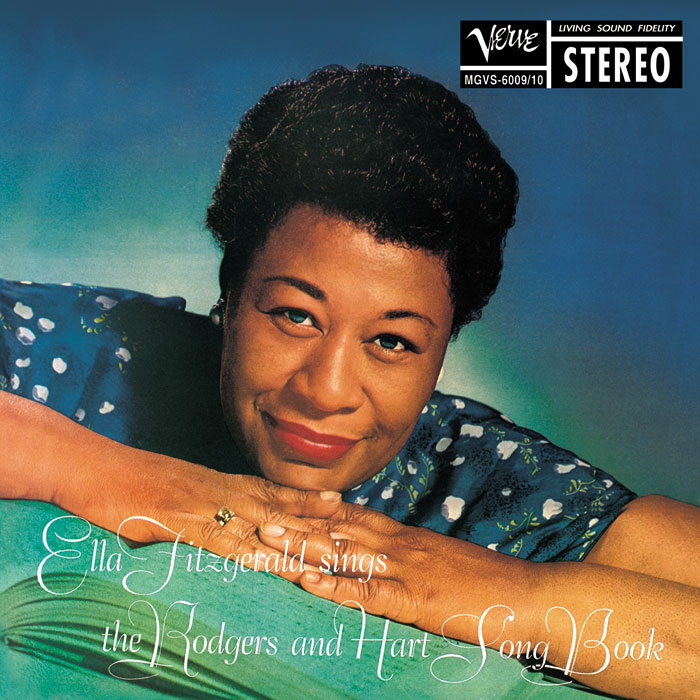

Their shows belong to the era when musicals were revue-like and librettos were not much more than excuses for comic turns and music cues. "His ability to write cleverly and to come up with unexpected, polysyllabic rhymes was something of a trademark, but he also had the even rarer ability to write with utmost simplicity and deep emotion." Rodgers, as a creator of melodies, ranks with Jerome Kern and Irving Berlin. Hart's lyrics, facile, vernacular, dazzling, sometimes playful, sometimes melancholic, raised the standard for Broadway songwriting. Ella Fitzgerald recorded their songbook and Andrea Marcovicci based one of her cabaret acts entirely on Rodgers and Hart songs. Their songs have long been favorites of cabaret singers and jazz artists.

The article also noted their "spirit of adventure." "As Rodgers and Hart see it, what was killing musicomedy was its sameness, its tameness, its eternal rhyming of June with moon." The magazine reported that their success "rests on a commercial instinct that most of their rivals have apparently ignored". Time devoted a cover story to Rodgers and Hart on September 26, 1938. Atkinson, reviewing the revival, wrote that the musical "renews confidence in the professionalism of the theatre." Analysis The new production had a considerably longer run than the original and was now considered a classic by critics. Critic Brooks Atkinson wrote in his review, "Although it is expertly done, how can you draw sweet water from a foul well?" When the show was revived in 1952, audiences had learned to accept darker material, thanks in large part to Rodgers' work with Oscar Hammerstein II. O'Hara adapted his own short stories for the show, which featured a title character who is a heel. Pal Joey (1940), termed their masterpiece, has a book by The New Yorker writer John O'Hara. Many of their stage musicals from the late 1930s were made into films, including On Your Toes (1936) and Babes in Arms (1937), though rarely with their scores intact. From 1935 to Hart's death in 1943, they wrote a string of highly regarded Broadway musicals, most of which were hits. In the early 1930s they moved to Hollywood, where they created several popular songs for film, such as " Isn't It Romantic?" and " Lover", before returning to Broadway in 1935 with Billy Rose's Jumbo. They quickly became among the most popular songwriters in America, and from 1925 to 1931 had fifteen scores featured on Broadway.
RODGERS AND HART SONGBOOK FOR PIANO SERIES
After writing together for several years, they produced their first successful Broadway musical, The Garrick Gaieties, in 1925, which introduced their hit song " Manhattan" and led to a series of successful musicals and films. One of their first collaborations together was at Columbia, and resulted in the 1920 Varsity Show, Fly With Me, which incidentally also involved Oscar Hammerstein II. Richard Rodgers and Lorenz Hart were introduced in 1919 while Rodgers was still in high school and Hart had already graduated from Columbia University. They worked together on 28 stage musicals and more than 500 songs from 1919 until Hart's death in 1943. Rodgers and Hart were an American songwriting partnership between composer Richard Rodgers (1902–1979) and the lyricist Lorenz Hart (1895–1943).


 0 kommentar(er)
0 kommentar(er)
